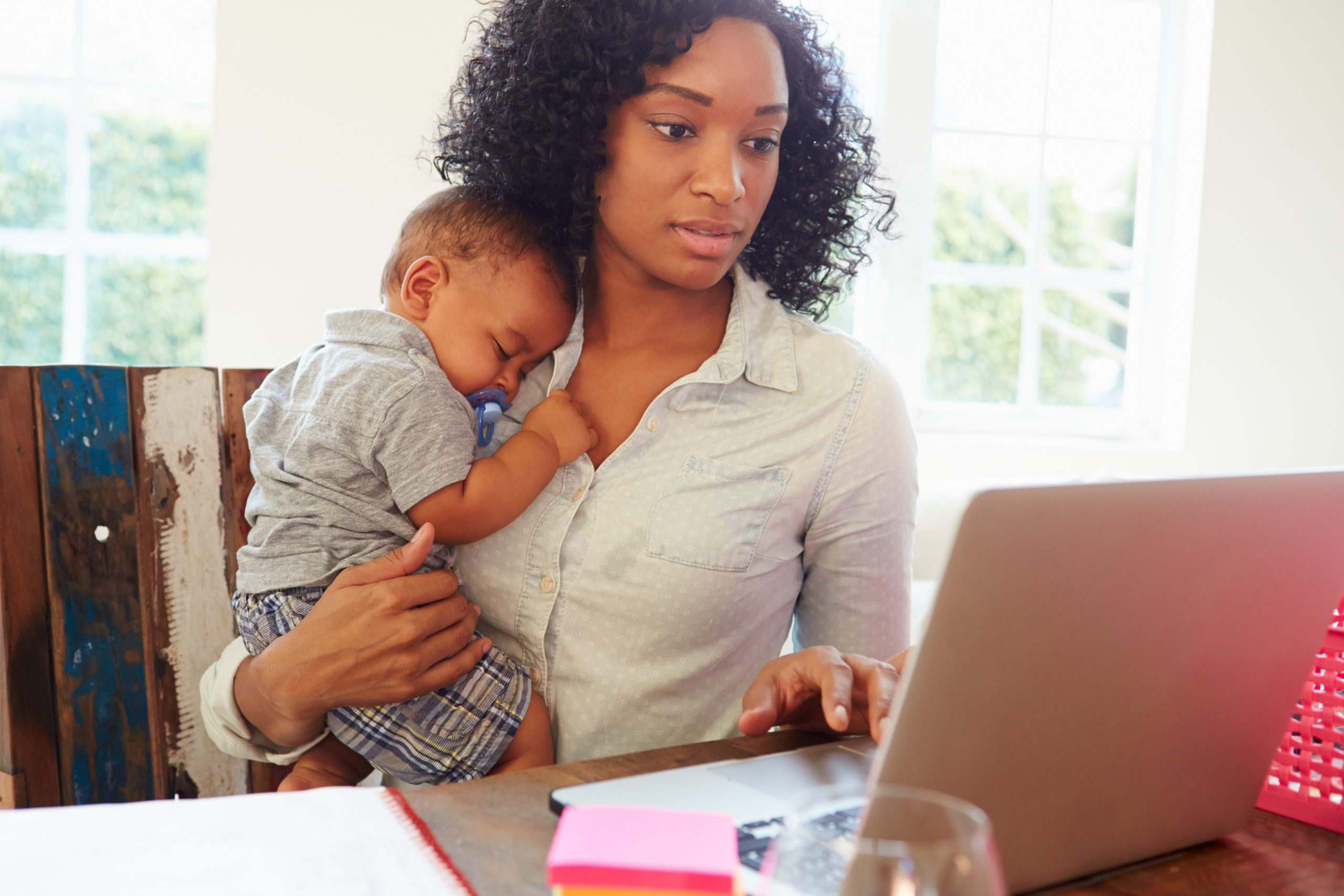Abortion rights, women of color, and LGBTQI+ people are under attack. Pledge to join us in fighting for gender justice.
Low-Paid Women Workers on the Front Lines of COVID-19 Are at High Risk of Living in Poverty, Even When Working Full-time
(Washington, D.C.) Women are nearly two-thirds of the 22.2 million workers in the 40 lowest-paying jobs in America, according to a new report by the National Women’s Law Center (NWLC). These jobs routinely pay less than $12 per hour. Millions of women working in these jobs are now on the front lines of the COVID-19 pandemic—risking their health as personal care and home health aides, child care workers, and grocery store cashiers, among other jobs, but most lack basic work protections like paid sick and family leave and employer-sponsored health insurance. Women are also the majority in many low-paid service occupations, like restaurant work, facing devastating lay-offs in the current crisis. A state-by-state map highlights the percentage of women working in low-paid jobs in each state.
When Hard Work Is Not Enough: Women in Low-Paid Jobs provides a detailed picture of the women in the low-paid workforce in 2018, the most recent year for which national data on poverty and income are available, when by many measures the economy was booming. It reveals the shocking statistic that 43 percent of all women of color working full time in low-paid jobs lived in or near poverty in 2018, as did 35 percent of white, non-Hispanic women working full-time in these jobs. Closer to half of Latinas (44 percent), Native American women (46 percent), and Black women (49 percent) working full time in low-paid jobs had household incomes below twice the poverty line.
The analysis underscores what a low unemployment rate often conceals: having a job is no guarantee of having enough income to make ends meet. Now as the COVID-19 crisis escalates, it is these women and their families who are likely to be hit first and hardest by the recession that follows.
“The coronavirus catastrophe has exposed what has always been a devastating reality for millions of low-paid women workers across the country: despite working hard and providing essential services that we depend on, they are paid rock-bottom wages that devalue the work they do and put them at high risk of living in or near poverty, even when they work full time,” said Julie Vogtman, NWLC Director of Job Quality and lead author of this report. “As thousands of restaurant servers, hotel clerks, waitresses and fast food workers are losing their jobs every day due to the pandemic, their economic security and that of their families have become even more tenuous. Let this be a wakeup call to policymakers to increase the federal minimum wage, expand paid sick and family and medical leave, strengthen unemployment benefits, and shrink the gender wage gap that shortchanges them.”
“As we rocket toward recession, the women who are the overwhelming majority of those working in the jobs with the lowest pay are the canaries in the coal mine; they and their families are falling into crisis because we have long undervalued their work,” said Emily Martin, NWLC Vice President for Education & Workplace Justice. “In recent years, conservative lawmakers have chosen to provide massive tax cuts that benefitted corporations and lined the pockets of the wealthy rather than shoring up essential public investments in Medicaid and child care assistance, raising the minimum wage, and ensuring that all workers can earn paid sick days and access paid family and medical leave. The current crisis makes clear that it is time to show up for the Black and brown and immigrant women doing the work that we all depend on and ensure that their hard work isn’t a one-way ticket to poverty.”
Key findings include:
- Close to 9 in 10 women in the low-paid workforce are age 20 or older.
- Eight in 10 women in the 40 lowest paying jobs (80 percent) have a high school diploma or a higher education level. More than two in five women in low-paid jobs (45 percent) have at least some college education, and more than one in six (18 percent) have completed a degree.
- More than one in four women in the low-paid workforce (27 percent) have at least one child under 18 at home.
- Among parents in low-paid jobs, nearly three-quarters (74 percent) are mothers.
- While women of every race are overrepresented in low-paid jobs compared to their share of the overall workforce, this disproportionate representation is especially stark for women of color.
- Latinas make up a share of the low-paid workforce that is more than twice as large as their share of the workforce overall.
- Black women’s share of the low-paid workforce is 1.5 times larger than their share of the overall workforce.
- White, non-Hispanic women’s share of the low-paid workforce (31 percent) is the closest to proportionate, at only 1.1 times larger than their share of the workforce overall (29 percent).
- Almost half of women in the low-paid workforce (47 percent) work full time.
- Women in low-paid jobs, however, are nearly twice as likely to work part time as women in the workforce overall—and among women working part time in these jobs in 2018, more than one in five (22 percent) were doing so involuntarily and wanted to find full time work.
- Among low-paid workers, women are more likely than men to be facing economic hardship. In 2018, 42 percent of women in the low-paid workforce were living near or below the federal poverty line, compared to 34 percent of men.
- Nearly two-thirds (63 percent) of mothers of color in the low-paid workforce had incomes near or below the poverty line in 2018.
NWLC workplace and economic security experts are available to discuss the brutal economic reality of low-paid work on the lives of millions of women that’s being exposed at this moment of a devastating global health crisis.
Additional NWLC resources on low-paid workers can be found here.





